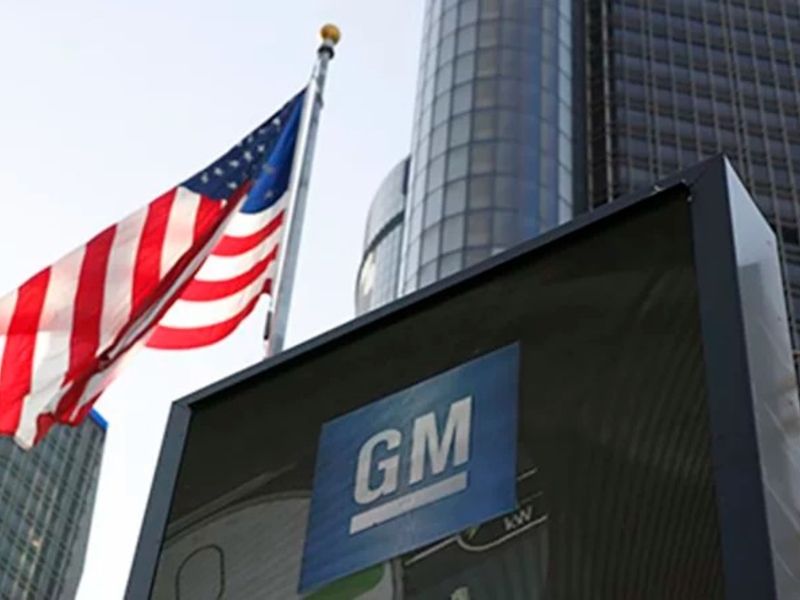
DETROIT – General Motors plans to double its revenue and expand margins by 2030 through a series of steps, such as retooling existing plants for electric vehicle production, commercializing Cruise’s business and leveraging new businesses, including BrightDrop and Ultifi.
“GM is unlocking a secular growth story that is changing the trajectory of our business,” CFO Paul Jacobson said in a statement.
The automaker plans to double revenue to $280 billion from its five-year average of $140 billion by 2030, with software and other new businesses growing nearly 50 percent annually through 2030. The core automotive business will fund much of the growth, Jacobson said. GM expects electric-vehicle revenue to grow from a projected $10 billion in 2023 to about $90 billion annually by 2030 as the automaker’s EV portfolio expands. GM has said it aims to launch 30 EVs globally and invest $35 million in electric and autonomous vehicle development through 2025.
Beyond EV revenue, GM projects that connected vehicles and other new businesses will drive more than $80 billion in revenue.
GM also expects to expand margins to 12 to 14 percent by 2030. Last year, GM’s adjusted profit margin was 9.4 percent.
The $80 million of revenue in connected vehicles and new businesses would include multiple business lines, such as Cruise, BrightDrop and software services.
By the end of the decade, Cruise has the potential to deliver $50 billion in revenue annually.
Revenue from software and services, many of which would be subscription-based, could reach $25 billion, GM said. OnStar Insurance alone could drive $6 billion in annual revenue by the end of the decade. On average, customers subscribe to 25 products and services and will spend $135 per month on them, according to GM’s research.
BrightDrop expects to deliver as much as $10 billion by the end of the decade, with $5 billion projected by 2025.
GM’s annual capital spending is expected to reach $9 billion to $10 billion as it transitions to an EV portfolio. The automaker plans to invest $750 million through 2025 in expanding EV charging infrastructure at consumers’ homes and workplaces along with chargers along public roads throughout the U.S. and Canada.
To streamline and lower costs for EV manufacturing, GM will convert engine plants to battery facilities and build drive units at transmission plants, rather than building new plants, Gerald Johnson, executive vice president of global manufacturing and sustainability, said as part of the automaker’s presentation to investors on Wednesday.
By 2025, GM’s EV capacity in North America will reach 20 percent of the total, he said. By 2030, it will reach 50 percent.

